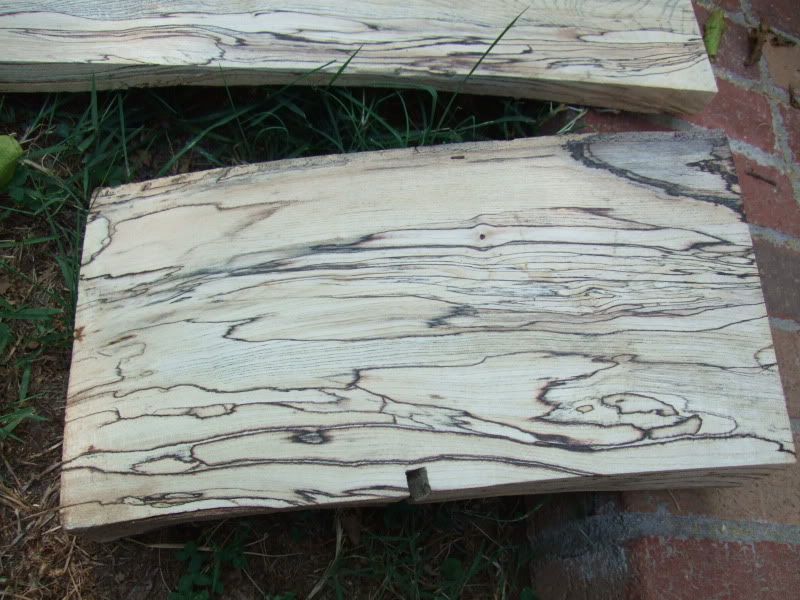I have been looking over other woods and wondering why they are not called for more, at least here in the states. I don't have a lot of experience working wood. So I am curious about any experiences you might have had with the following woods.
For acoustic soundboards I have been thinking about Bald Cypress, Butternut, and Chestnut. The negatives listed don't sound all that bad to me - especially when working them manually instead of with power tools.
1) Bald Cypress - dulls cutting edges. Light passes of machinery required to avoid tear-out.
2) Butternut - extra fine sanding required.
3) Chestnut - splits easy when nailing or screwing.
For the rest of the instrument (body, neck, and head) I have been considering:
Probably warmer toned:
1) Sassafras (Janka 630)
2) Red Cedar (Janka 900. Not so much for guitars, but psaltery and such.)
3) Hackberry ( Janka 880. Doesn't machine well.)
Probably brighter toned:
4) Magnolia (Janka 1,020) Compare Black Walnut at 1,010.
5) Holly (Janka 1,020) Compare Black Walnut at 1,010.
6) Apricot (Janka 1,390. Easy to chip or tear-out) Compare Rock Maple at 1,450)
7) Apple, Pear, & Quince (Janka 1660 to 1730. Burns easy when machining)
8) Mulberry, Red (Jank 1,680)
8) Pecan/Hickory (Janka 1,820. Easy to tear-out with machines)
For peg plate, fingerboard, and saddle/bridge:
1) Dogwood, flowering (Janka 2,150) Compare East Indian Rosewood at 2,440)
2) Persimmon (Janka 2,300)
3) Osage Orange (Janka 2,700)
I understand that apricot (especially from higher up the mountains where the wood grows even denser) and mulberry are very popular for making instruments in Turkey through Armenia. I am fond of many of these woods - either out of sentimentality from raiding them as a kid, growing up with them, or because of their beauty. Any great or horrific experiences with these woods?
 isn't around anymore, but I don't think anyone here can quite grasp or make recommendations based on what your questions are... maybe you are still formulating. Most folks pick an instrument and then figure out the wood they want to use.
isn't around anymore, but I don't think anyone here can quite grasp or make recommendations based on what your questions are... maybe you are still formulating. Most folks pick an instrument and then figure out the wood they want to use.